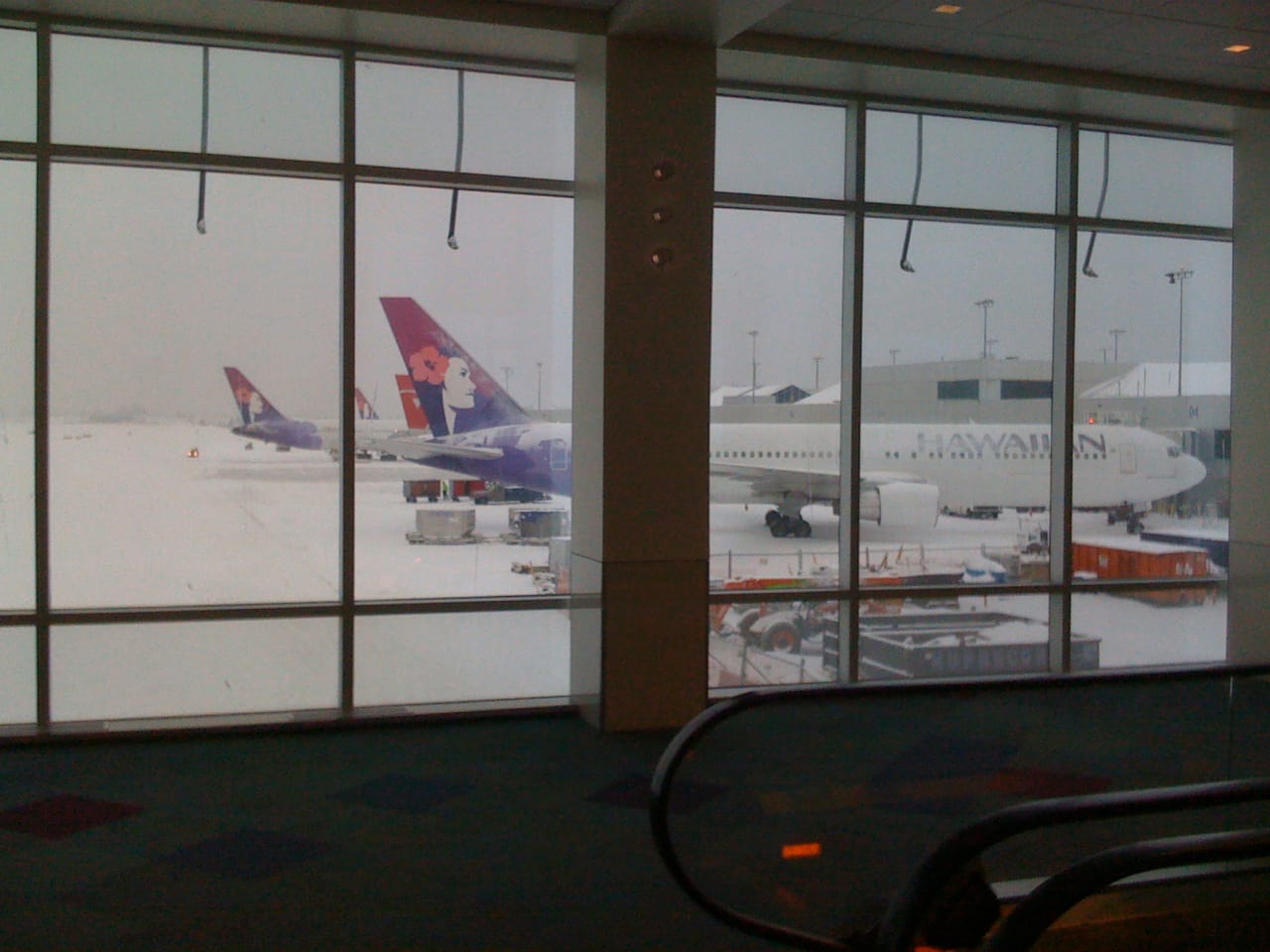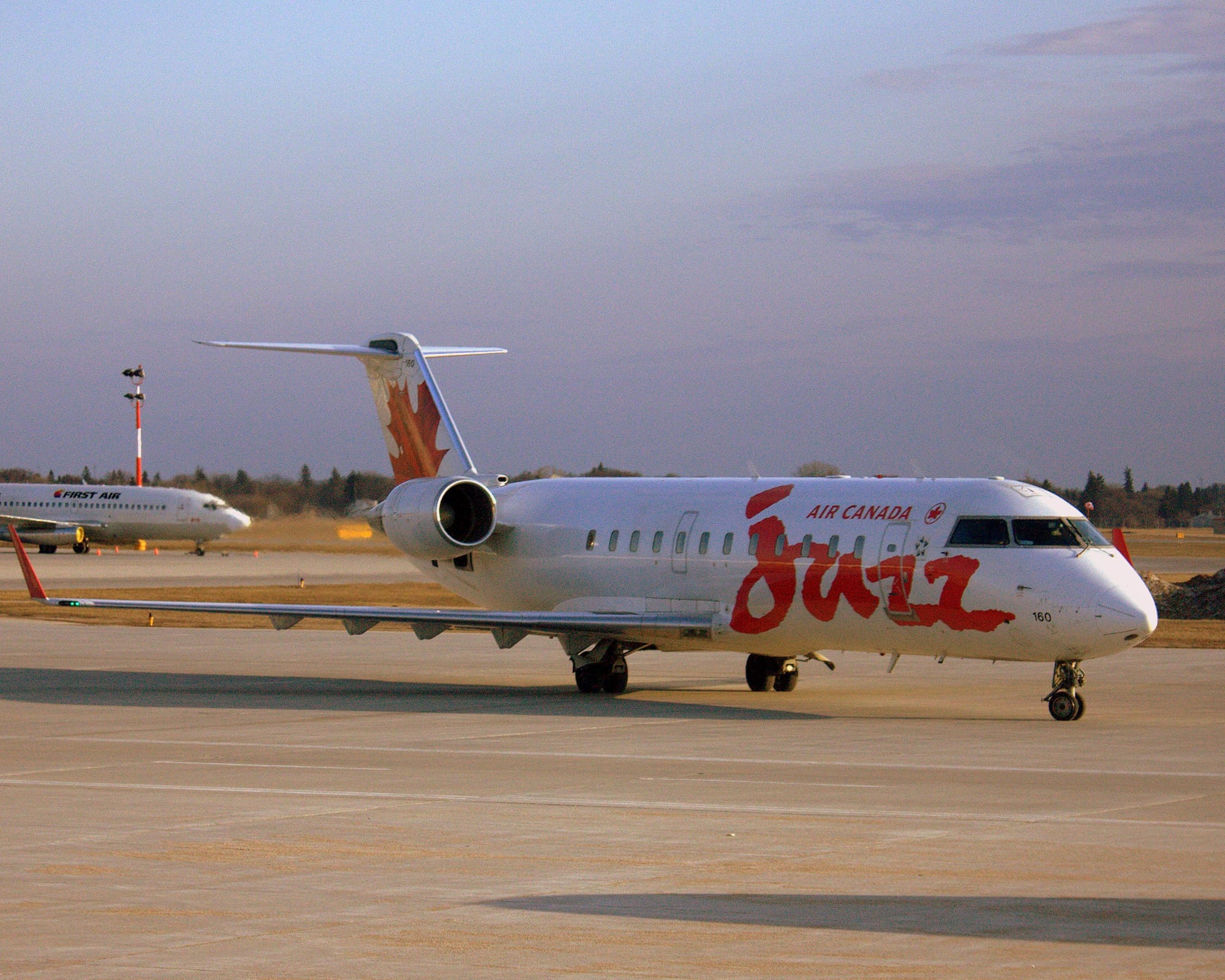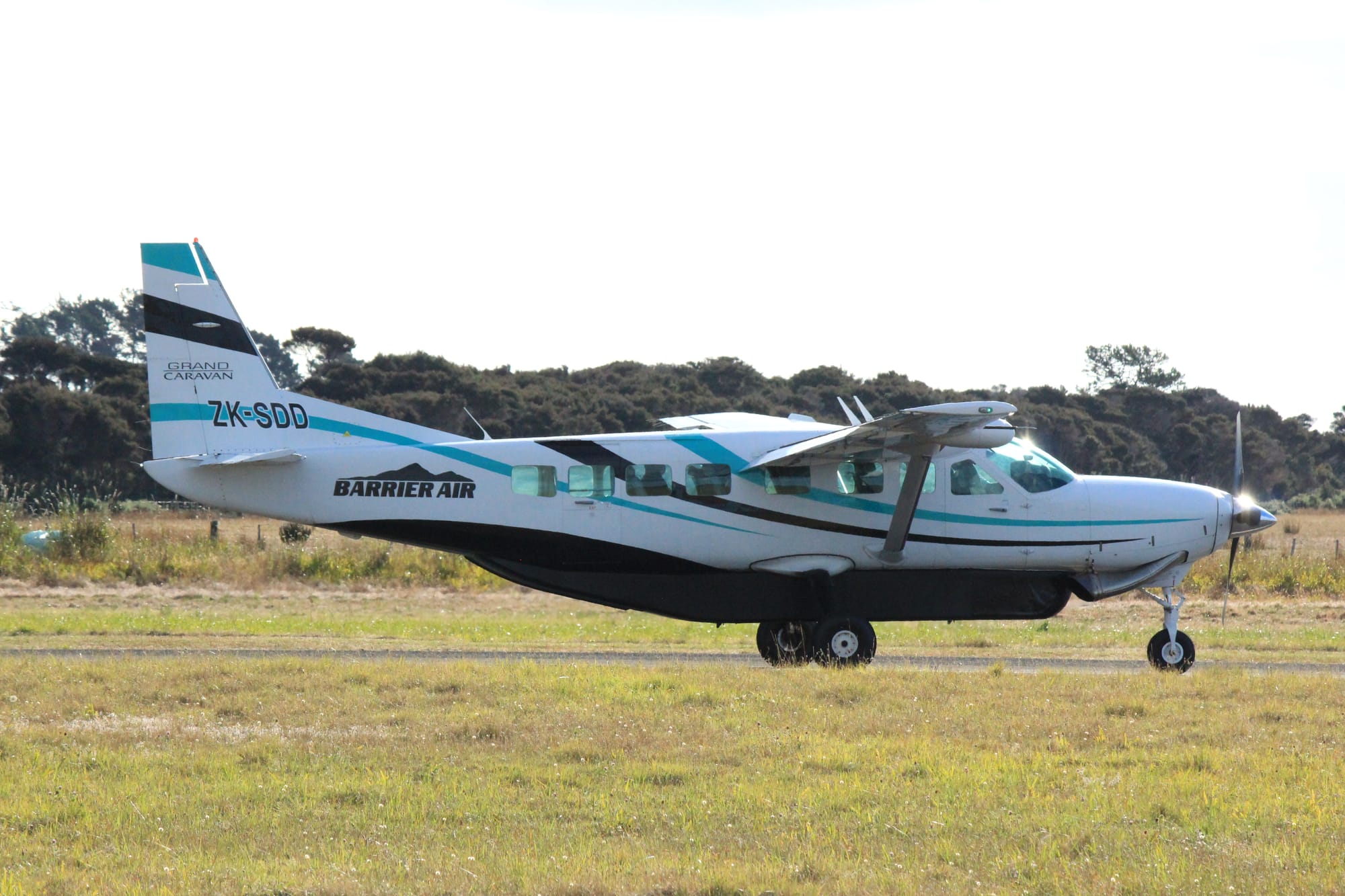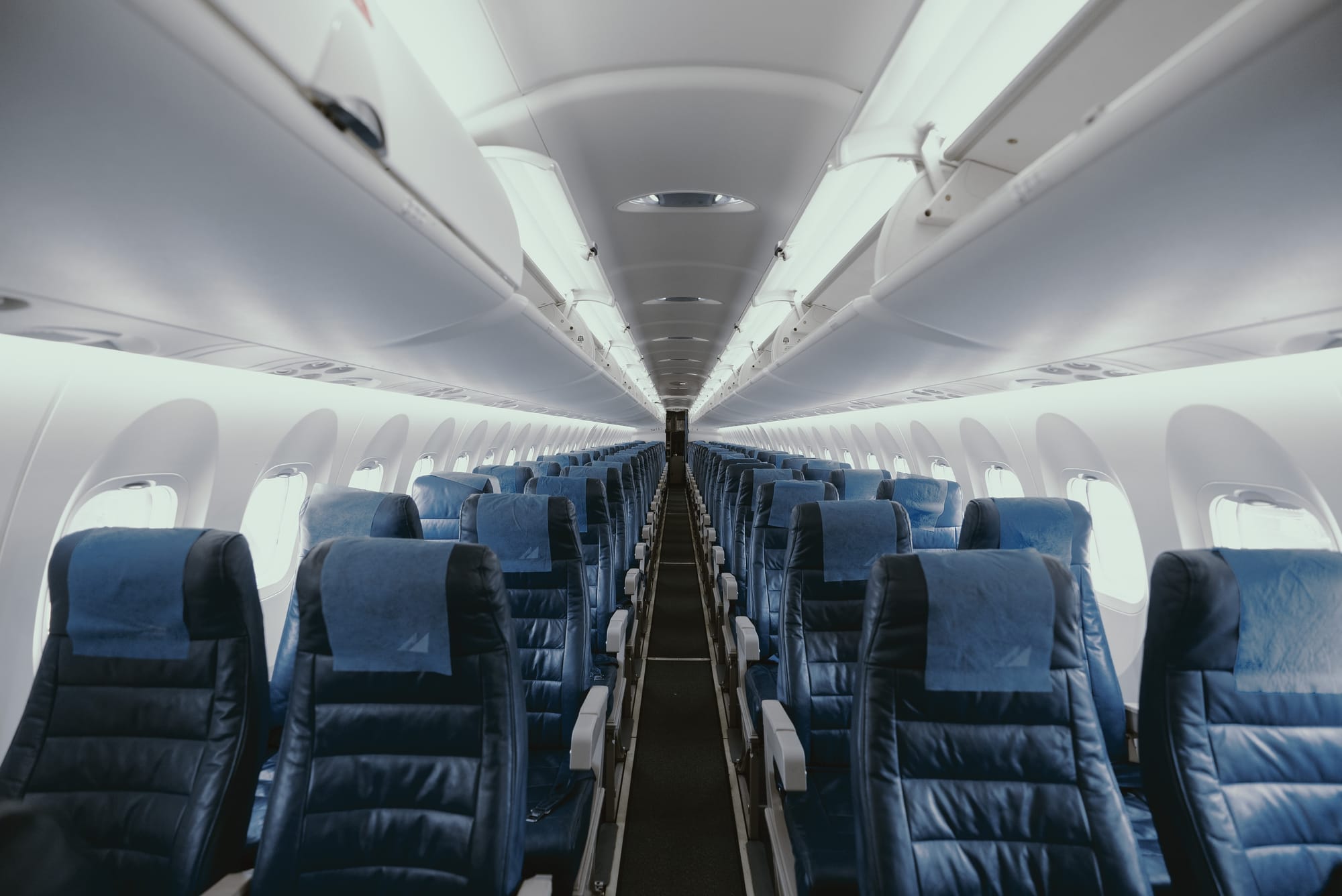For better or for worse in the eyes of almost every US airline you weight 210 pounds. One of the most critical parts of aviation is figuring out the weight and balance of an airplane. And because it would be extremely time consuming to weigh every passenger and every piece of luggage, the FAA allows approved airlines to institute a standard weight program, allowing them to estimate passengers weights and luggage weights for purposes of calculating critical aircraft weight data.
Since 2019 airlines had to increase the estimated weights of passengers from the old system of 195lbs to the new passenger weight of 210lbs due renewed scrutiny and the increased average waistline of Americans. While this change is generally unknown to most of the flying public it has had some consequences for weight challenged aircraft.
Summer & Winter Weights

But let's first dive into the sliding scale of average passenger weights. 210 pounds is your Winter weight, during Summer you magically lose 5 pounds and become 205 pounds.
Summer weights usually run from May to October and Winter weights from November to April. During these times when aircraft performance data is calculated they need to use these numbers.
The average passenger weight includes the passengers carry-on items as well, there are certain exceptions for children and checked baggage. Children, as defined by the FAA is someone between their 2nd and 13th birthday, and their weight is below 100lb when calculated using standard passenger weights.
Checked baggage is split up into standard, heavy, and overweight bags. Standard and heavy bags have their own standard weight ranging from 35 to 57 pounds. However overweight bags must be calculated using actual weight and are not allowed to have a standard weight.
So theoretically if you are a standard adult passenger checking in one standard and one heavy bag you could weight, along with your baggage, up to 302 pounds according to the airline.
Effects on Aircraft

Since 2019 airlines have been struggling with the new standard weight requirements. Most airlines try to maximize profits by fitting as many seats into an aircraft as they can, not only bound by physical space but the maximum potential payload they could carry. So what we have is that an aircraft that was designed to max out the 195 pound average passenger weight is now trying to deal with a passenger who weighs 15 pounds more times a full aircraft of anywhere between 120 and 200 people, you are coming to the limits of the payload that an aircraft can hold.
I've noticed an increasingly number of flights being payload restricted in the last few years, especially full flights where the destination weather may not be too good, or in the middle of summer where the destination is very hot.
This is one reason I believe we've seen the CRJ200 being retired from airlines a lot quicker than their original time estimates. That is a slow and sluggish aircraft, and cramming 50 people on to the airplane that was really meant to be a private jet to hold a fraction of what was put inside of it, airlines simply weren't making as much money with the aircraft as they once were.
An industry insider who is familiar with flight planning aircraft has told me that another popular aircraft seemingly being susceptible with the increased passenger weights is the very popular Airbus A320. As with the CRJ200, it was configured by airlines to carry the maximum possible payload, but with the changes to passenger weights it's not constantly being limited by the maximum structural weight of the aircraft.
Hot, High, & Bad Weather

The three things that are certain to contribute to a payload restricted flight are during the hot season where air is less dense, airports at high altitude, and destinations with bad weather requiring long alternates to satisfy FAR (14 CFR § 121.619) alternate requirements.
I've been on many flights where they have called for volunteer passengers to take later flights and even offer monitory compensation to do so. I've taken many trips to Eagle, Colorado and it seems like every time that I have, they are always calling for volunteers due to an overweight aircraft, one time this last summer they needed a whopping 12 people to volunteer because the destination weather was bad and the plane was very overweight.
There are obviously other factors that could be at play, including the length of the runway, avoidance routes, and even construction that could affect the aircraft's ability to take a full load of passengers off a runway.
Not Everyone Can Use Standard Weights

Specific FAA approval needs to be obtained to implement and use a standard weight program. This derives from the safety aspect of ensuring that an operator can properly implement such a program and they can remain within safety limits of the aircraft by ensuring all standard weight is accounted for. If not, the airline has to physically weigh every passenger and ever piece of luggage they are loading on to the aircraft and calculate their weight and balance from that. For smaller operators and even smaller planes this makes sense, large airliners are not as affected by a small weight difference as say a small Cessna prop plane taking up to 18 people.
In those situations is makes a lot more sense to weight passengers and baggage as many times, smaller planes are flying in and out of smaller airports that may not have the longest runways, so it ensures the safety margin is kept and the airplanes can reliably get off the ground.
Could Less Passengers Mean More Legroom?

I've seen a few bloggers cover this topic insinuating that with the increased passenger weights airlines may remove seats from the airplanes and in turn would give everyone a bit more leg room so they can say with in the average passenger load of the airplane with the new weights.
I don't necessarily believe this to be true. It would take a lot to remove a row or two of seats from an aircraft and then shift seats to allow more leg room. Instead I see seat caps during certain times of the year. The airline may just choose to sell all the seats during the hot summer months and then the other months out of the year they can sell the whole entire airplane.
Airlines have vasts amounts of data on which flights normally see problems with payload and can pin point exactly when throughout the year they may need to restrict the payload. And I'm sure their argument may be that if they can sell the seat and 95% of the time make sure the passenger makes it to the destination, and only 5% of the time they need to buy them off, they will.
Airlines are profit hunters, if they can find a way to sell a seat and if the risk is low enough, they'll take their chances to sell the seat. Airline revenue management is extremely interesting to me, I would love to intern in a department like that just for the interest alone.
Final Thoughts
For ease of use airlines have been using standard passenger weights for years, its only been throughout the last few years that increased scrutiny has been brought up with the potential that estimated weights are too low. We can see real effects now with more flights being payload restricted, but yet the airlines are slow or unwilling to change the number of seats being sold. As we move forward I wouldn't be surprised if in a few years we see again the standard passenger weights increase even more.













